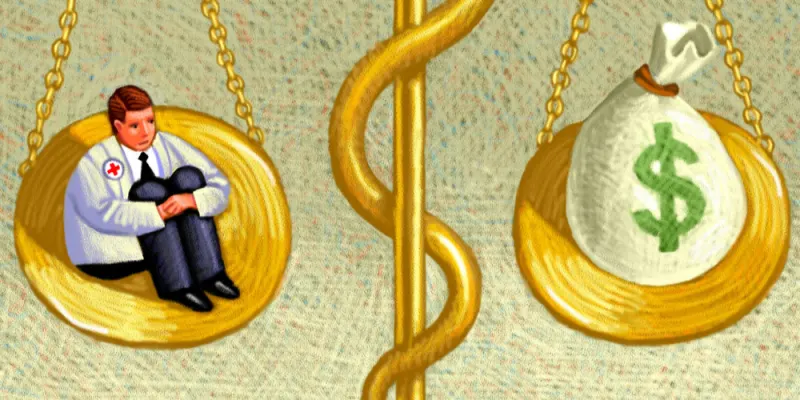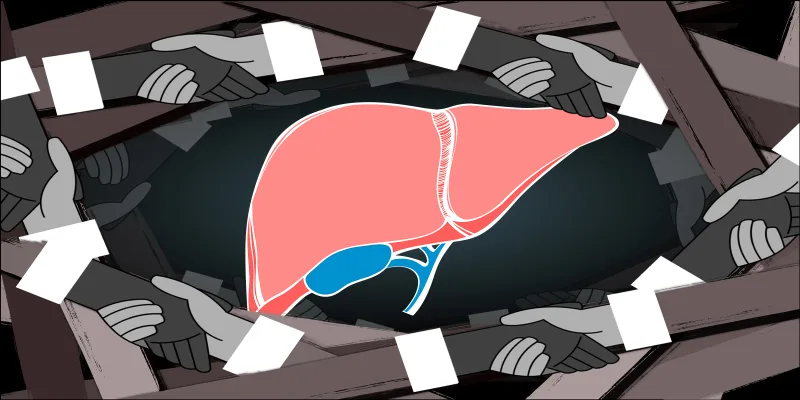Twitter proved my secret weapon for connecting with fellow hematology/oncology minds at the American Society of Hematology (ASH) annual meeting this year!
This year, I opted for a digital approach, trading notepads for Twitter threads to connect with attendees and navigate the vast scientific ocean. But with so many talks, selecting the most impactful ones became a conundrum. Enter my trusty xeets (aka tweets)!
By analyzing my most engaged posts, I've curated a selection of topics that truly resonated with the crowd. Prepare to delve into the scientific discussions that ignited the most sparks out of my sole 57 xeets of the meeting!
This post garnered the highest engagement even before the ASH meeting due to its unexpected findings, contrasting sharply with the standard observed in the five years since CAR-T cell approval. The study demonstrated superior outcomes with CAR-T treatment in the ZUMA7 and TRANSOFRM trials compared to autologous hematopoietic stem cell transplantation (AutoHCT) for relapsed/refractory double-hit lymphoma. This retrospective analysis utilized data from the CIBMTR network.
The retrospective analysis included adult patients who achieved complete response after chemotherapy and received either autologous hematopoietic stem cell transplantation (AutoHCT; n=281) or CAR-T therapy (n=79). Notably, the AutoHCT cohort had a higher proportion of patients with double-hit lymphoma, while the CAR-T group had a higher frequency of patients experiencing relapse within 12 months and receiving third-line therapy. Interestingly, over half (53%) of the CAR-T patients received Tisa-Cel, a treatment that did not demonstrate improved outcomes in the BELINDA trial.
At two years, progression-free survival (PFS) was significantly higher in the AutoHCT group (66%) compared to the CAR-T group (47%; p=0.01). Overall survival (OS) also favored AutoHCT at two years (78% vs. 65% in the CAR-T group; p=0.03). Notably, this PFS advantage persisted even among patients with early progression within 12 months of prior treatment. Multivariate analysis confirmed that AutoHCT receipt was associated with improved PFS, with a hazard ratio of 1.8 (p=0.001). These findings suggest that AutoHCT remains a relevant option, particularly for patients achieving complete response after chemotherapy, indicating sensitivity to high-dose therapy. However, further investigation is warranted with larger cohorts of patients receiving second-line CAR-T therapy, especially newer and potentially more efficacious agents like Axi-Cel and Lisa-Cel.
While covalent Bruton's tyrosine kinase (BTK) inhibitors like ibrutinib, acalabrutinib, and zanubrutinib are a mainstay in chronic lymphocytic leukemia (CLL) treatment, their effectiveness is limited by discontinuation due to intolerance or disease progression. Patients who progress often harbor resistant mutations, most notably the C481 mutation.
This study delved into the genetic blueprint of 88 patients with chronic lymphocytic leukemia (CLL) who progressed on covalent Bruton's tyrosine kinase inhibitors (cBTKis). While their overall response rate (ORR) mirrored the broader BRUIN cohort at 82%, their genomic makeup revealed a distinct story.
The most prevalent mutations in this group revolved around genes crucial for cell survival and growth:
BTK (53%): The primary target of cBTKis, mutations in this gene can render the therapy ineffective.
TP53 (49%): This tumor suppressor plays a vital role in DNA repair, and its loss can contribute to cancer progression.
SF3B1 (34%): Mutations in this gene disrupt RNA splicing, a critical process for protein production.
ATM (23%): This gene helps repair DNA damage, and its malfunction can lead to genomic instability.
NOTCH1 (20%): This signaling pathway regulates cell development and differentiation, and mutations can impact CLL growth.
PLCG2 (14%): This phospholipase enzyme plays a role in cell signaling, and mutations can affect CLL behavior.
BCL2 (9%): This anti-apoptotic protein promotes cell survival, and its overexpression can contribute to CLL resistance.
Importantly, the study found that the initial mutation profile didn't influence response to Pirtobrutinib, a non-covalent BTKi. However, the story shifts when examining patients who progressed on this therapy.
These individuals acquired new mutations:
BTK (44%): Underlining the ongoing battle between the drug and its target.
Non-BTK (24%): Highlighting the emergence of resistance pathways beyond BTK inhibition.
Interestingly, the T474 mutation in BTK emerged as the most common new culprit (20%). This finding sheds light on a specific mechanism of Pirtobrutinib resistance.
On a positive note, the study also observed that patients with prior BTK mutations often experienced clearance of that mutation while on Pirtobrutinib. This suggests a potential therapeutic benefit of sequential BTKi therapy, even if initial resistance is present.
Overall, this study underscores the dynamic nature of CLL genomically and emphasizes the importance of studying its evolution under BTKi treatment, both covalent and non-covalent. By understanding these genomic shifts, researchers can develop more effective therapeutic strategies to overcome resistance and improve patient outcomes.
ASH 2023 saw a surge of real-world data studies, highlighting their growing importance as we navigate the evolving landscape of lymphoma treatment with newer agents like Axi-Cel CAR-T. One such study, utilizing CIBMTR data, delved into bridging therapy patterns and their impact on Axi-Cel outcomes. The researchers employed propensity score analysis to account for potential confounders, examining a cohort of 1213 patients. Of those, 410 patients received bridging therapy, while 803 did not.
Interestingly, factors like mild liver impairment, prior multi-line therapy, and recent Axi-Cel infusion were associated with increased bridging therapy utilization. The choice of bridging therapy varied, with chemotherapy leading at 71%, followed by non-chemotherapy (23%) and radiation (10%). Gem-Ox (17%) and Polatuzumab-based regimens (13%) were the most common choices.
The good news? The study revealed no significant differences in key outcomes between bridging and non-bridging groups, including overall response rate, complete response rate, and duration of response. However, bridging therapy did correlate with slightly longer episodes of neutropenia and thrombocytopenia.
As we wrap up this fantastic meeting, it's worth noting that while these results may not be the most groundbreaking, they resonated deeply with my followers on X. This underscores the value of real-world data in providing practical insights for optimizing care in the face of evolving treatment options.
Dr. Saeed has no conflicts of interest to report.
Illustration by Jennifer Bogartz







